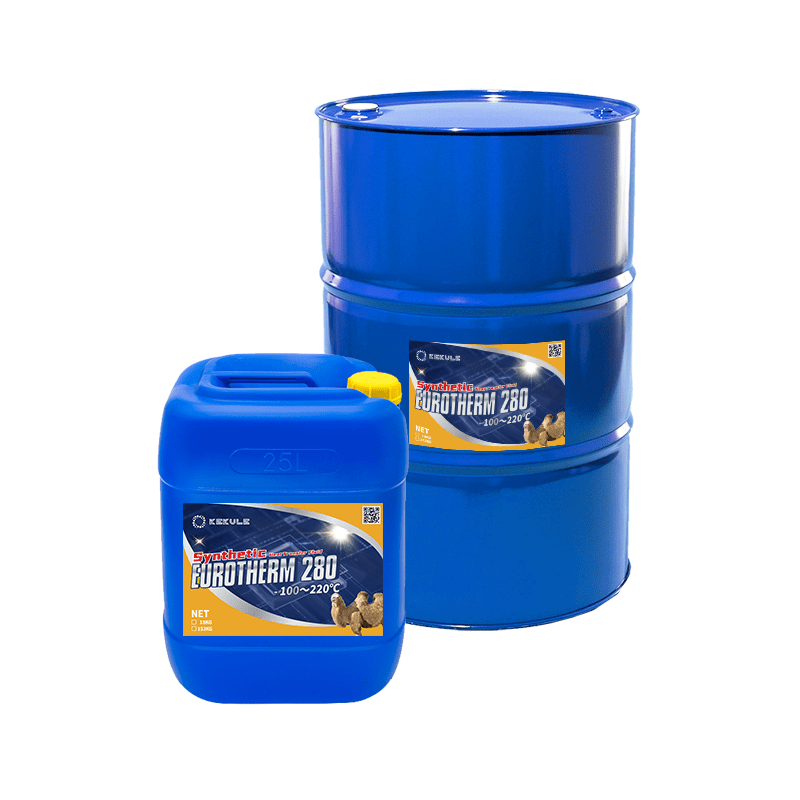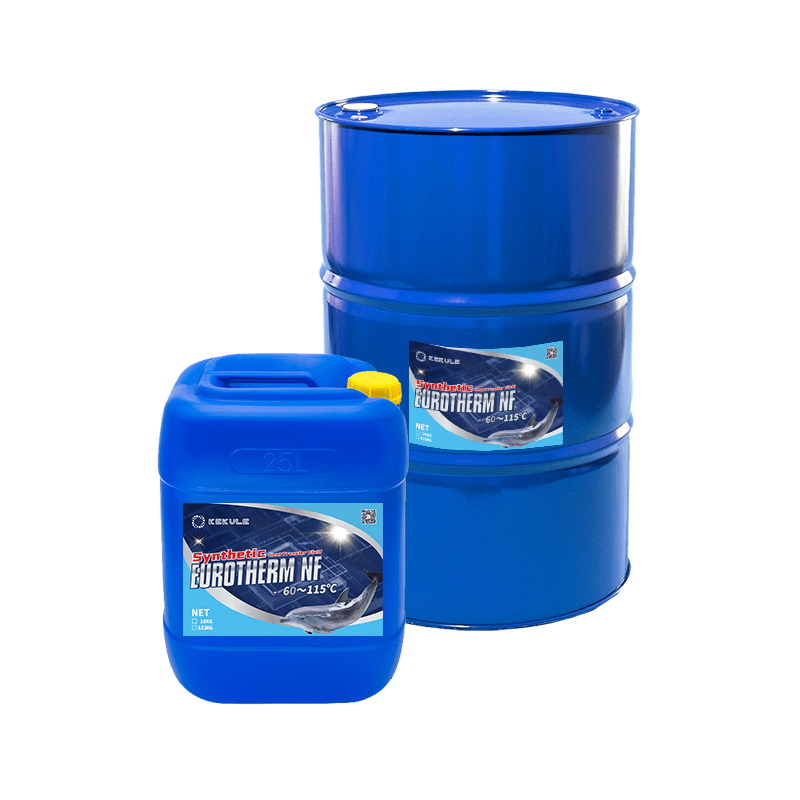Things about Chemie
Things about Chemie
Blog Article
The 6-Second Trick For Chemie
Table of ContentsFascination About ChemieAll about ChemieThe 25-Second Trick For Chemie6 Easy Facts About Chemie ExplainedSome Known Details About Chemie Getting My Chemie To Work
By Bojanna Shantheyanda, Sreya Dutta, Kevin Coscia and David SchiemerDynalene, Inc. Fluid air conditioning, which can be attained making use of indirect or straight methods, is made use of in electronic devices applications having thermal power thickness that may surpass risk-free dissipation with air cooling. Indirect liquid cooling is where heat dissipating digital elements are literally separated from the liquid coolant, whereas in case of direct cooling, the elements remain in straight contact with the coolant.Nevertheless, in indirect cooling applications the electrical conductivity can be important if there are leakages and/or spillage of the fluids onto the electronics. In the indirect air conditioning applications where water based liquids with corrosion inhibitors are normally used, the electrical conductivity of the liquid coolant generally depends upon the ion focus in the liquid stream.
The boost in the ion focus in a closed loop fluid stream may happen because of ion leaching from steels and nonmetal elements that the coolant fluid is in call with. During operation, the electric conductivity of the fluid might enhance to a degree which can be unsafe for the cooling system.
Chemie Things To Know Before You Get This
(https://chemie999.start.page)They are bead like polymers that can trading ions with ions in a remedy that it touches with. In today work, ion leaching examinations were executed with various metals and polymers in both ultrapure deionized (DI) water, i.e. water which is dealt with to the highest possible degrees of purity, and reduced electric conductive ethylene glycol/water mixture, with the determined adjustment in conductivity reported gradually.
The examples were permitted to equilibrate at area temperature level for two days prior to tape-recording the initial electric conductivity. In all examinations reported in this research study liquid electrical conductivity was gauged to an accuracy of 1% making use of an Oakton CON 510/CON 6 collection meter which was adjusted prior to each dimension.
Indicators on Chemie You Should Know
from the wall surface home heating coils to the center of the heating system. The PTFE example containers were positioned in the heater when stable state temperatures were gotten to. The examination setup was removed from the heating system every 168 hours (seven days), cooled to space temperature level with the electrical conductivity of the fluid gauged.
The electrical conductivity of the fluid sample was kept track of for an overall of 5000 hours (208 days). Number 2. Schematic of the indirect shut loop cooling down experiment set-up - fluorinert. Table 1. Elements made use of in the indirect closed loop cooling down experiment that touch with the fluid coolant. A schematic of the speculative arrangement is revealed in Figure 2.

8 Simple Techniques For Chemie
During procedure the liquid reservoir temperature was kept at 34C. The change in fluid electric conductivity was kept track of for 136 hours. The liquid from the system was accumulated and kept. Similarly, closed loop examination with ion exchange resin was carried out with the exact same cleansing treatments employed. The preliminary electric conductivity of the 230ml UP-H2O in the system determined 1.84 S/cm.

0.1 g of Dowex resin was contributed to 100g of liquid examples that was absorbed a separate container. The blend was mixed and alter in the electric conductivity at room temperature level was measured every hour. The gauged modification in the electric conductivity article of the UP-H2O and EG-LC examination fluids consisting of polymer or steel when immersed for 5,000 hours at 80C is shown Number 3.
Fascination About Chemie
Number 3. Ion leaching experiment: Calculated adjustment in electric conductivity of water and EG-LC coolants containing either polymer or steel samples when immersed for 5,000 hours at 80C. The results indicate that steels added fewer ions into the liquids than plastics in both UP-H2O and EG-LC based coolants. This might be due to a slim steel oxide layer which might function as an obstacle to ion leaching and cationic diffusion.
Fluids consisting of polypropylene and HDPE exhibited the most affordable electric conductivity changes. This might be due to the brief, stiff, straight chains which are much less likely to contribute ions than longer branched chains with weaker intermolecular pressures. Silicone additionally executed well in both test fluids, as polysiloxanes are normally chemically inert due to the high bond power of the silicon-oxygen bond which would protect against deterioration of the product right into the fluid.
Not known Details About Chemie
It would certainly be anticipated that PVC would certainly produce similar outcomes to those of PTFE and HDPE based upon the similar chemical frameworks of the products, however there may be various other impurities existing in the PVC, such as plasticizers, that may affect the electric conductivity of the liquid - therminol & dowtherm alternative. Additionally, chloride teams in PVC can additionally leach into the examination fluid and can trigger a rise in electric conductivity
Buna-N rubber and polyurethane showed indications of destruction and thermal decomposition which recommends that their possible energy as a gasket or glue product at higher temperatures might bring about application concerns. Polyurethane totally degenerated right into the examination fluid by the end of 5000 hour test. Figure 4. Before and after photos of steel and polymer examples immersed for 5,000 hours at 80C in the ion leaching experiment.
Measured change in the electric conductivity of UP-H2O coolant as a function of time with and without material cartridge in the closed indirect cooling loophole experiment. The measured modification in electric conductivity of the UP-H2O for 136 hours with and without ion exchange material in the loop is revealed in Figure 5.
Report this page